
GUEST BLOGGER DONNA JANELL BOWMAN
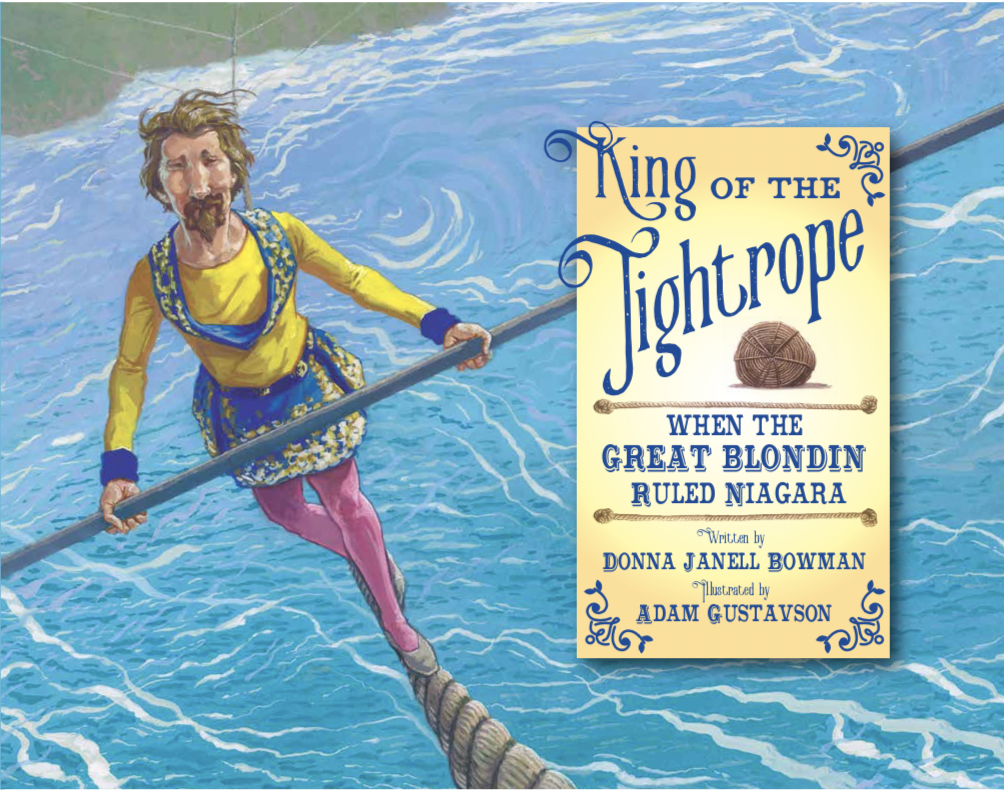
King of the Tightrope: When The Great Blondin Ruled Niagara is about French funambulist Jean Francois Gravelet, AKA The Great Blondin, who, in 1859-60, became the first person to tightrope over the Niagara Gorge. His success required grit, imagination, determination, and innate engineering skills.
Engineering is all about creating things and solving problems, and that’s been done since long before computers, electricity, or modern machinery. Did you know that the word “engineering” is from the root word gene, which means to create or invent? Once the Latin language emerged, ingenium, came to mean cleverness. So, you see, even before the term “engineering” existed, everything ever designed, created, or constructed involved an engineering process. As with writing, the process begins with an idea or problem to solve, the research and planning necessary, and ever-adjusted trials.

To connect the STEM concepts in King of the Tightrope: When the Great Blondin Ruled Niagara to Language Arts concepts, read the story with your students, then encourage a deeper consideration by experimenting with the following interactive activities.
Activity #1: Engineers study their environment
Before they plan and create, engineers learn about their environment. Blondin first proposed to tightrope directly over the Falls.
- With your students, compare a 19th century image of Niagara Falls to a modern photo of the Falls, noting man-made geographical changes.
- Discuss how, today, water from the Falls is used to generate electricity through power plants. Modern human control of the water over the Falls has reduced the volume from 1.5 million gallons per second in Blondin’s time to 750,000 gallons per second today. If a tightrope walker fell into the Niagara River today, would it be less dangerous than in 1859?
- Show a video of Nik Wallenda’s 2012 tightrope performance over Niagara Falls. Ask kids to compare how Wallenda’s modern engineering process differed from Blondin’s process.
- Watch modern videos of Niagara Falls and ask students to write a vivid letter to a friend, from Blondin’s point-of-view, as he contemplated his daring feat.
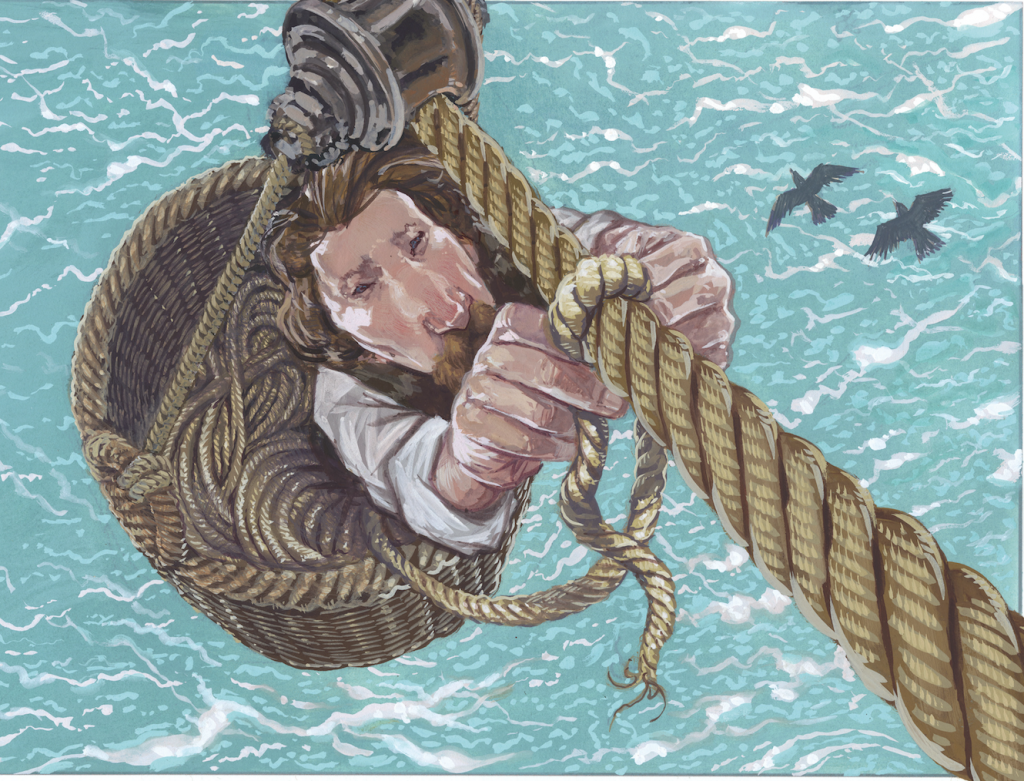
Activity #2: Math is the core of engineering
Blondin had to choose his ropes carefully as he brainstormed and planned. The hemp fiber “walking rope” had to be strong enough to withstand the 1100’ stretch over the river, while gravity tried to pull it toward Earth. A 3.25-inch-diameter rope was just right. (Read about how the author determined the rope size here.)
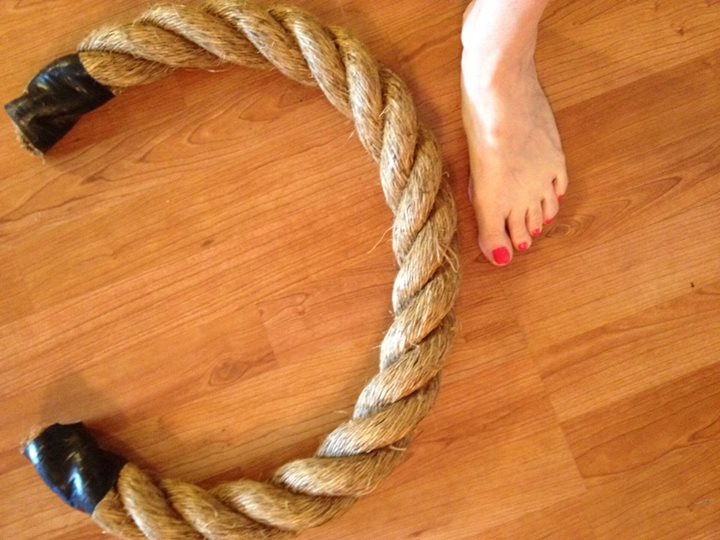
- Have students calculate the diameter of a cylindrical object like a can, a water bottle, or a swim noodle. The diameter is the length of a straight line—edge to edge—through the center of the object.
- Have students calculate the object’s radius, which is the length of one edge of the item to the center. In other words, radius = ½ of diameter.
- Have students calculate the circumference of the item. Circumference = pi (3.14) x diameter.
- In King of the Tightrope, Blondin’s rope is said to be “as thick as a man’s ankle.” Ask students to find similes for their measured item.
- Ask students to write about the engineering process behind their measured item.
Activity #3: Let’s get interactive with center of gravity
For anything to remain upright, it must be positioned over its center of gravity. Even humans!
- Ask students to stand up straight. Their center
of gravity—just above the hip bone—keeps them balanced. What happens when they
put one foot in front of the other? How about leaning over? How about on one
foot?
- To lower their center of gravity and spread the combined weight away from their feet (the pivot point), tightrope walkers use a balance pole, which slows any wobbling and allows time for the walker to regain balance.
- To demonstrate the benefits of a balance pole, have students walk on the edge of a board or a swim noodle attached to the floor. Walk with arms down. Then with arms outstretched. Then carry a swim noodle or pole with a bag of beans tied to its ends.
- Jean Francois Gravelet/Blondin was quoted as saying, “A rope-walker is like a poet, born and not made.” Ask your students to write a poem about Blondin’s Niagara feats.
Enjoy!
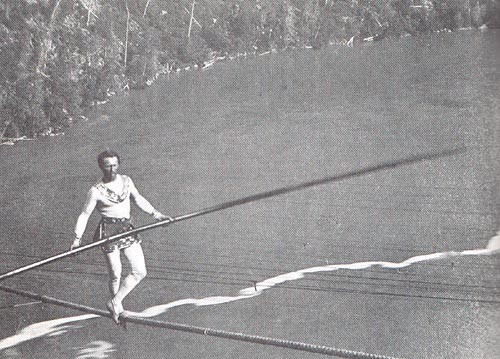
For more resources for King of the Tightrope: When the Great Blondin Ruled Niagara, visit the author’s website. Click here to learn more about illustrator Adam Gustavson.
Donna Janell Bowman is the author of award-winning and lauded nonfiction books, including Step Right Up: How Doc and Jim Key Taught the World About Kindness, illustrated by Daniel Minter (Lee and Low, 2016), Abraham Lincoln’s Dueling Words, illustrated by S.D. Schindler (Peachtree, 2018), and STEAM-infused King of the Tightrope: When The Great Blondin Ruled Niagara (Peachtree, 2019). Donna has an MFA in Writing from Vermont College of Fine Arts and enjoys editing, teaching, coaching, and speaking. She lives in central Texas. www.donnajanellbowman.com; @donnajbbwrites; @PeachtreePub; https://www.facebook.com/donnajanellbowmanauthor


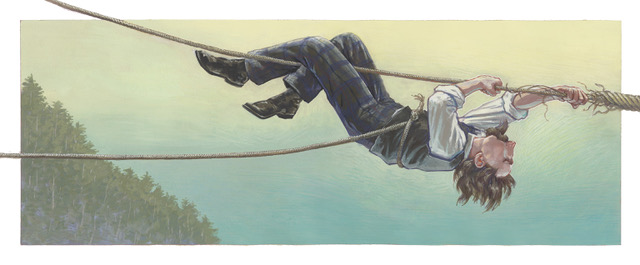




Leave a Reply
Your email is safe with me.